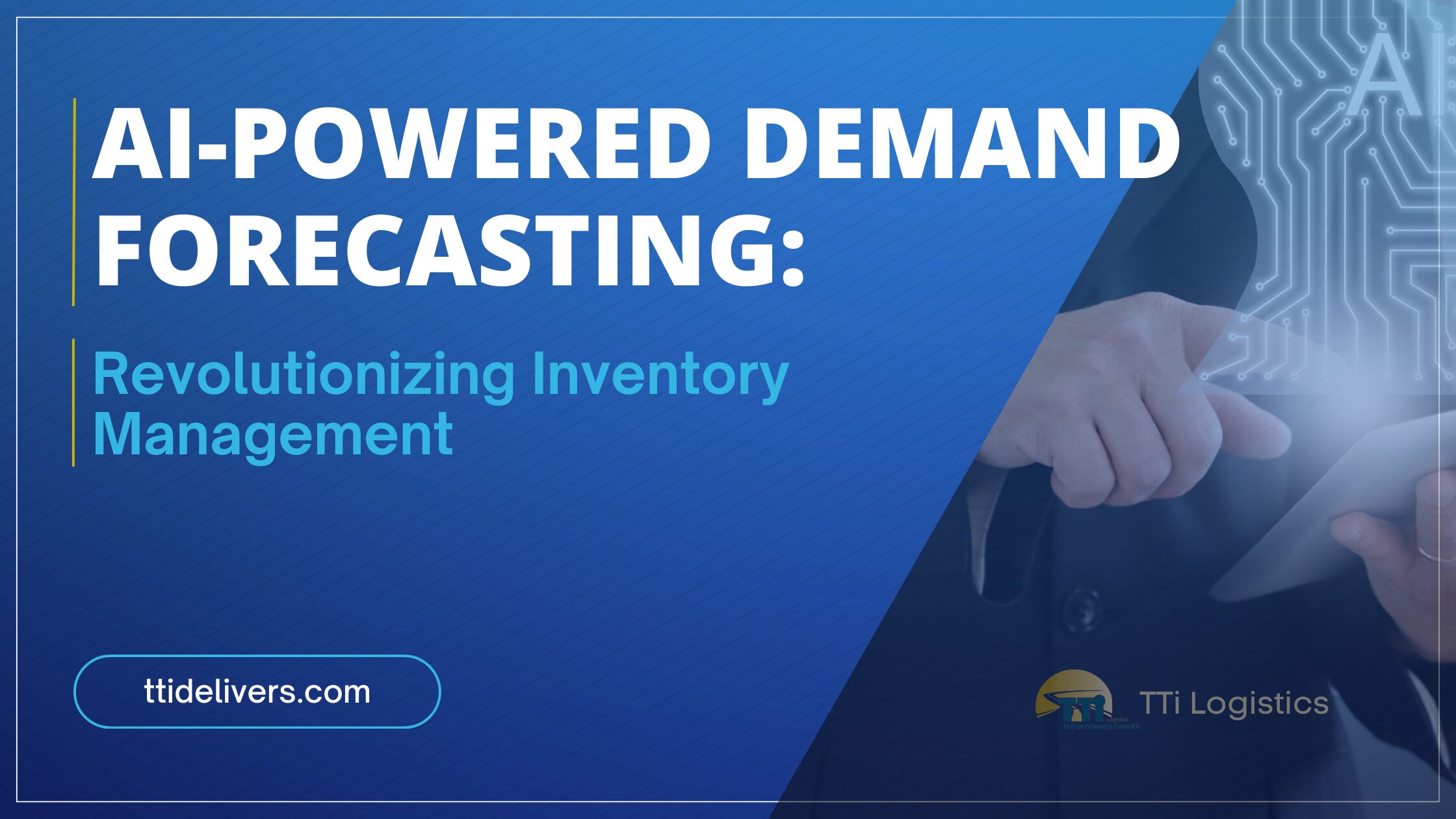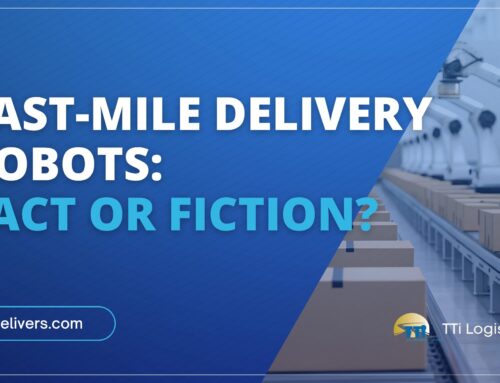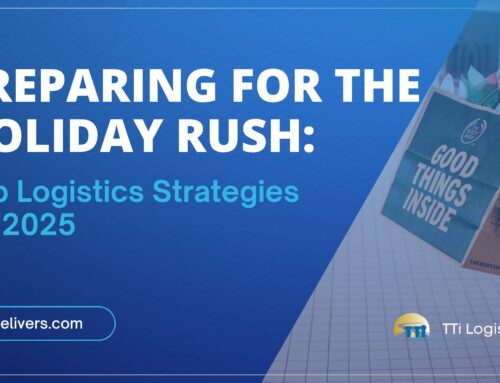Revolutionize Your Operations with AI-Driven Forecasting
In today’s fast-paced global marketplace, businesses face increasing challenges in maintaining optimal inventory levels while meeting fluctuating customer demands. Traditional inventory management systems often struggle with inaccuracies, leading to stockouts, overstocking, and inefficiencies that impact profitability. However, the advent of artificial intelligence (AI) in inventory management is transforming the way businesses forecast demand, optimize stock levels, and streamline operations.
AI-powered demand forecasting integrates machine learning algorithms, big data analytics, and automation to enhance decision-making accuracy. This technology enables businesses to predict consumer demand more precisely, reduce waste, and improve supply chain efficiency. In this article, we explore how AI-driven demand forecasting is revolutionizing inventory management and why businesses should embrace this cutting-edge technology.
Understanding AI in Inventory Management
What is AI-Powered Demand Forecasting?
AI-powered demand forecasting is the use of machine learning and advanced analytics to predict future demand patterns. Unlike traditional forecasting models that rely on historical sales data and manual input, AI-driven systems analyze vast amounts of structured and unstructured data, including sales trends, market conditions, economic indicators, and even social media sentiment.
By leveraging predictive analytics, AI enables businesses to make informed decisions about inventory levels, purchasing strategies, and supply chain logistics. This reduces the risks associated with overstocking or stock shortages, ensuring that companies meet customer demand efficiently.
The Role of Machine Learning in Inventory Optimization
Machine learning, a subset of AI, plays a crucial role in modern inventory management by continuously learning from historical and real-time data. Algorithms analyze patterns and correlations in sales, weather conditions, seasonal fluctuations, and supplier performance to generate accurate demand forecasts. As a result, businesses can optimize inventory replenishment, reduce carrying costs, and enhance operational efficiency.
Key Benefits of AI in Inventory Management
1. Enhanced Demand Prediction Accuracy
AI-driven forecasting models process large datasets with greater accuracy than traditional statistical methods. This minimizes errors in demand predictions, helping businesses maintain optimal inventory levels and reduce unexpected stock shortages or surpluses.
2. Reduced Inventory Costs
Overstocking leads to higher storage costs, increased risk of obsolescence, and cash flow constraints. Conversely, stockouts can result in lost sales and dissatisfied customers. AI-powered forecasting optimizes inventory replenishment, balancing supply and demand to minimize excess inventory while ensuring product availability.
3. Improved Supply Chain Efficiency
AI integrates with supply chain management systems to provide real-time insights into supplier performance, lead times, and transportation logistics. Businesses can proactively adjust procurement strategies, ensuring seamless supply chain operations and minimizing disruptions.
4. Faster Decision-Making
AI-driven analytics provide real-time inventory insights, enabling managers to make data-driven decisions quickly. Instead of relying on outdated reports or manual processes, businesses can respond proactively to market changes and customer demands.
5. Personalized Customer Experience
Accurate demand forecasting allows businesses to stock the right products in the right quantities, improving customer satisfaction. AI also enables personalized recommendations by analyzing customer purchasing behaviors, ensuring that businesses meet specific consumer preferences.
How AI-Powered Demand Forecasting Works
Step 1: Data Collection and Integration
AI-driven inventory management systems collect data from multiple sources, including:
- Sales transactions
- Market trends
- Weather forecasts
- Social media sentiment
- Competitor pricing strategies
- Economic indicators
- Supply chain logistics
Step 2: Data Processing and Machine Learning Modeling
Once data is gathered, machine learning models analyze patterns and correlations to generate demand forecasts. These models continuously refine their predictions by learning from new data, improving accuracy over time.
Step 3: Predictive Analytics and Inventory Recommendations
AI systems use predictive analytics to recommend optimal inventory levels. They provide insights on when to reorder, how much stock to maintain, and which products to prioritize based on demand trends.
Step 4: Real-Time Adjustments
AI-powered inventory management is dynamic, adjusting forecasts in real-time based on changing market conditions. For example, if a sudden surge in demand occurs due to a viral trend, AI can detect the spike and recommend inventory adjustments immediately.
Industries Benefiting from AI in Inventory Management
Retail and E-Commerce
Retailers use AI to predict demand for seasonal products, optimize warehouse stocking, and enhance customer experiences with personalized recommendations.
Manufacturing
Manufacturers rely on AI to streamline supply chain operations, reduce production downtime, and ensure just-in-time inventory replenishment.
Healthcare and Pharmaceuticals
AI helps pharmaceutical companies and healthcare providers manage inventory for essential medicines, reducing waste and ensuring timely availability.
Food and Beverage
Restaurants and grocery chains use AI to predict demand for perishable goods, minimizing food waste and improving profitability.
Challenges and Considerations in Implementing AI for Inventory Management
Data Quality and Integration
AI models require high-quality, structured data for accurate predictions. Businesses must invest in robust data collection and integration systems to maximize AI effectiveness.
Implementation Costs
AI adoption requires investment in technology, infrastructure, and expertise. However, the long-term cost savings and efficiency gains outweigh the initial implementation costs.
Change Management and Employee Training
Employees need training to understand AI-driven processes and leverage insights effectively. Businesses must foster a culture of adaptability and innovation.
Ethical and Security Concerns
AI-driven inventory management systems handle sensitive data. Ensuring cybersecurity measures and ethical AI use is crucial to prevent data breaches and bias in decision-making.
The Future of AI in Inventory Management
The future of AI in inventory management is promising, with continuous advancements in deep learning, automation, and predictive analytics.
Emerging trends include:
- Autonomous Supply Chains: AI will drive fully automated supply chains with real-time adjustments and predictive logistics.
- AI-Powered IoT Integration: Smart sensors and IoT devices will enhance real-time inventory tracking and management.
- Blockchain for Transparency: AI combined with blockchain technology will improve supply chain transparency and traceability.
- Hyper-Personalized Inventory Planning: AI will enable businesses to customize inventory strategies based on individual customer behaviors and preferences.
Conclusion: Optimizing Inventory Management with AI
AI-powered demand forecasting is revolutionizing inventory management, enabling businesses to make data-driven decisions, reduce costs, and enhance operational efficiency. By integrating machine learning and predictive analytics, companies can achieve a competitive edge in today’s dynamic market.
For businesses looking to enhance their inventory management strategy, adopting AI-driven solutions is a game-changer. TTI provides advanced logistics and inventory management solutions tailored to meet the evolving demands of modern businesses. Contact us today to discover how AI-powered forecasting can optimize your inventory strategy and drive operational success.







